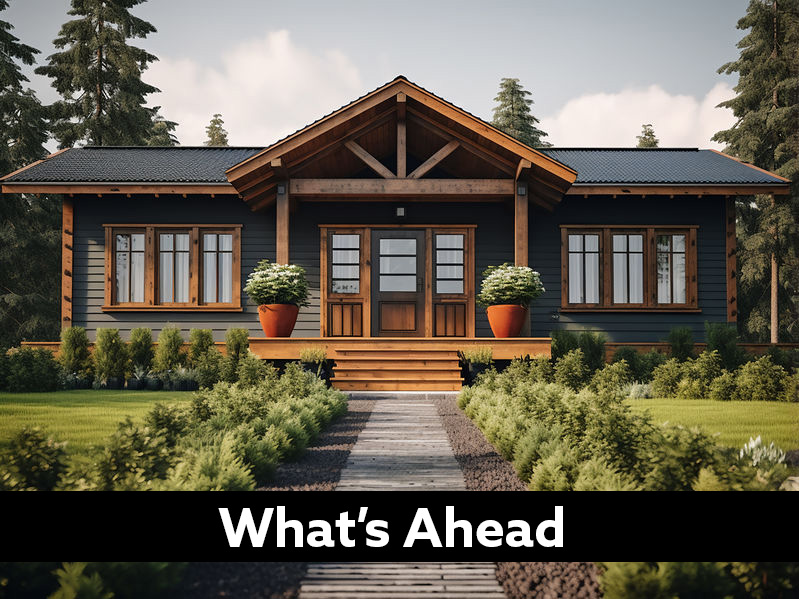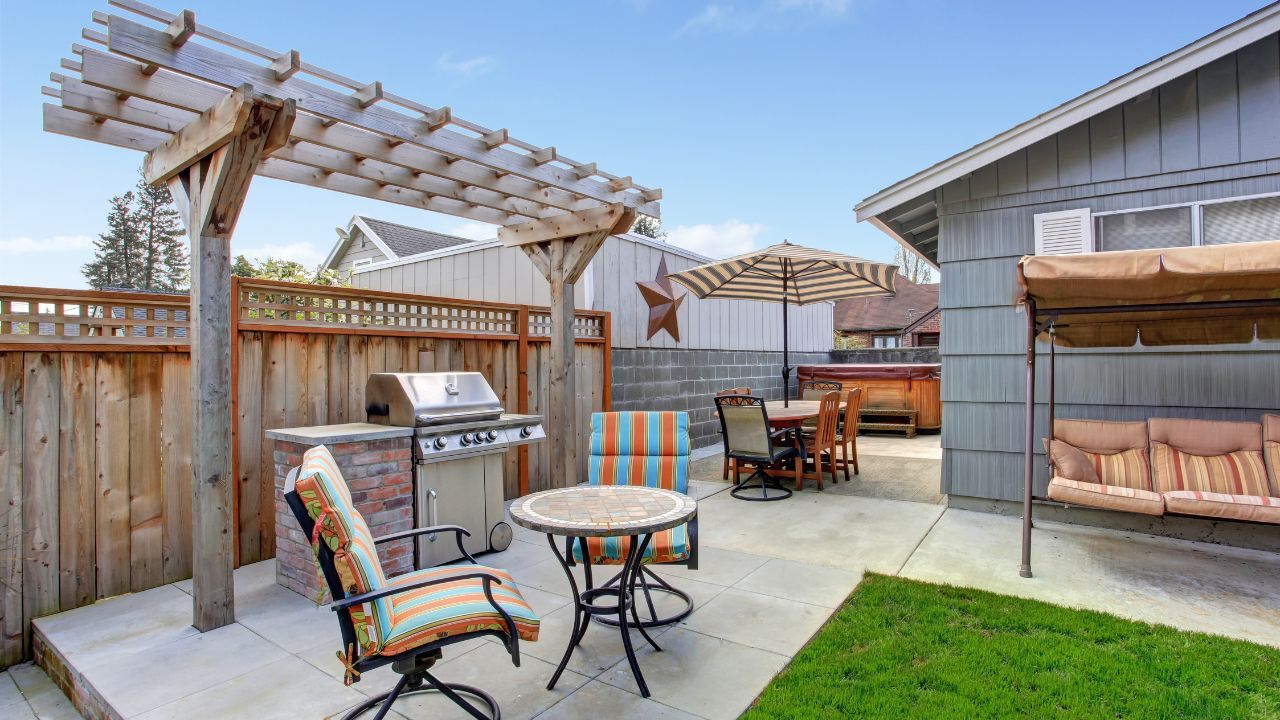
The latest inflation data has been released, offering insight into the near-term impact of the recent tariff measures. The results indicate that despite deflationary pressure on the economy, inflation continues to trend upward with the recent, ongoing tariff wars.
While the tariffs have been temporarily suspended, their effects are already being felt—consumers are experiencing price increases, and retailers have already been positioning themselves to increase prices due to the impacts of the tariff policies. While wholesale and producer inflation has seen a modest decline, this was expected as the market adjusts to the shifting economic landscape. Economists broadly predict that consumer prices will rise in the near term.
These findings reinforce what consumers have already been experiencing: sentiment has declined for the fifth consecutive month. Consumers are among the first to feel the direct effects of policy shifts.
Consumer Price Index
Consumer prices showed only a mild increase in April, but inflation probably won’t slow much further this year as the effects of the Trump trade wars ripple through the economy. The consumer-price index increased 0.2% last month, the Bureau of Labor Statistics said Tuesday, matching Wall Street expectations. Prices had posted a rare decline in March.
Price Producer Index
Wholesale prices posted the biggest drop in April, a -0.5% decline, since the pandemic in 2020, but economists say the decline in inflation appeared to be a one-off that might not be sustained if tariffs persist at current levels.
Consumer Sentiment
The University of Michigan’s popular gauge of U.S. consumer sentiment edged down to 50.8 in a preliminary May reading from 52.2 in the prior month. This is the index’s fifth straight monthly drop. Expectations for inflation spiked. Economists polled by the Wall Street Journal had expected sentiment would rise to 53.5.
Primary Mortgage Market Survey Index
• 15-Yr FRM rates saw an increase of 0.03% for this week, with the current rate at 5.92%
• 30-Yr FRM rates saw an increase of 0.05% for this week, with the current rate at 6.81%
MND Rate Index
• 30-Yr FHA rates saw an increase of 0.10% for this week. Current rates at 6.35%
• 30-Yr VA rates saw an increase of 0.12% for this week. Current rates at 6.37%
Jobless Claims
Initial Claims were reported to be 229,000 compared to the expected claims of 226,000. The prior week landed at 229,000.
What’s Ahead
A very light week with the Economic Leading Indicators, Job Data, and Manufacturing PMI dotting the landscape. The leading indicators are expecting a deflationary impact.
 What Is a Power of Attorney in Real Estate?
What Is a Power of Attorney in Real Estate? What Is a Lease-Option Agreement?
What Is a Lease-Option Agreement? A small backyard can still offer a wealth of potential and charm when you approach it with the right mindset. If you’re looking for a home with a smaller outdoor space, don’t dismiss the idea just because of the size.
A small backyard can still offer a wealth of potential and charm when you approach it with the right mindset. If you’re looking for a home with a smaller outdoor space, don’t dismiss the idea just because of the size. A fireplace is often considered a symbol of comfort, warmth, and charm in a home. While it may seem like a luxury feature, buying a home with a fireplace can bring numerous advantages that go beyond just providing a cozy ambiance. Whether you’re looking for a functional addition or a way to increase your home’s value, a fireplace can offer both.
A fireplace is often considered a symbol of comfort, warmth, and charm in a home. While it may seem like a luxury feature, buying a home with a fireplace can bring numerous advantages that go beyond just providing a cozy ambiance. Whether you’re looking for a functional addition or a way to increase your home’s value, a fireplace can offer both.
 Congratulations! You have closed on your new home! After weeks (or even months) of searching, negotiating, and signing paperwork, you finally have the keys in hand. But before you kick back and start decorating, there are a few essential steps to take to protect your investment and make the transition as smooth as possible.
Congratulations! You have closed on your new home! After weeks (or even months) of searching, negotiating, and signing paperwork, you finally have the keys in hand. But before you kick back and start decorating, there are a few essential steps to take to protect your investment and make the transition as smooth as possible. When it comes to creating the perfect yard, one of the biggest decisions homeowners face is choosing between real grass and artificial turf. Both options have their benefits and drawbacks, and the best choice ultimately depends on your lifestyle, budget, and long-term goals for your outdoor space. Let’s break down the pros and cons of each so you can make an informed decision that suits your home and needs.
When it comes to creating the perfect yard, one of the biggest decisions homeowners face is choosing between real grass and artificial turf. Both options have their benefits and drawbacks, and the best choice ultimately depends on your lifestyle, budget, and long-term goals for your outdoor space. Let’s break down the pros and cons of each so you can make an informed decision that suits your home and needs. Buying a home is one of the most exciting milestones in life, but it’s also a process that can sometimes come with unexpected delays. Whether it’s financing hiccups, inspection issues, or paperwork snags, knowing how to keep your purchase on track can make a huge difference. Here’s what you can do to stay proactive and keep moving forward toward your dream home.
Buying a home is one of the most exciting milestones in life, but it’s also a process that can sometimes come with unexpected delays. Whether it’s financing hiccups, inspection issues, or paperwork snags, knowing how to keep your purchase on track can make a huge difference. Here’s what you can do to stay proactive and keep moving forward toward your dream home.